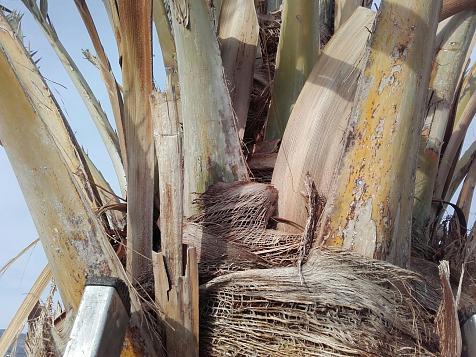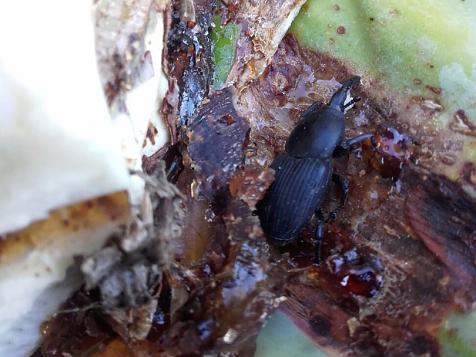
The Palm trees. More common diseases
Palm trees, like other plants, can suffer from problems that affect them, sometimes to death.
...Palm trees, like other plants, can suffer from problems that affect them, sometimes to death. The point of a growth point of the palm is the "bud": the point where there are young and young leaves. If this part is affected the plant can weaken and die. The main problems between generals can be distinguished in:
MOST COMMON PEST
Weevils
There are different species of the Curculionidae family of Asian or South American origin that are affecting our countries by the unauthorized importation of non-indigenous species (which is disciplined by Law and that need a phytosanitary passport and a time of observation in nurseries before of the sale).
When visible damage (twisting of the outermost leafs on the central nerve that changes color, leafs falling) is very late and the plant is often compromised and dies at once.
The larvae with powerful jaws dig galleries in the trunk up to meters looking for food to develop, for this reason the plant dies. When the weevil has no food or is adult, look for other palm trees to start a new attack. The life cycle is 3-4 months.
The red palm weevil (Rhynchophorus ferrugineus) is the best known pest and has a preference among host species: Canaria (Phoenix canariensis), Datilera (Phoenix dactylifera), Palmito (Chamaerops humilis), Trachycarpus.
The treatment of Preventive Fumigation repeated during the year result in a good control of the red palm weevil.

Palm trees, like other plants, can suffer from problems that affect them, sometimes to death.
...
The red palm weevil has become a threat to the survival of our palms and also the black snout weevil became a serious pest for other species of plants.
...